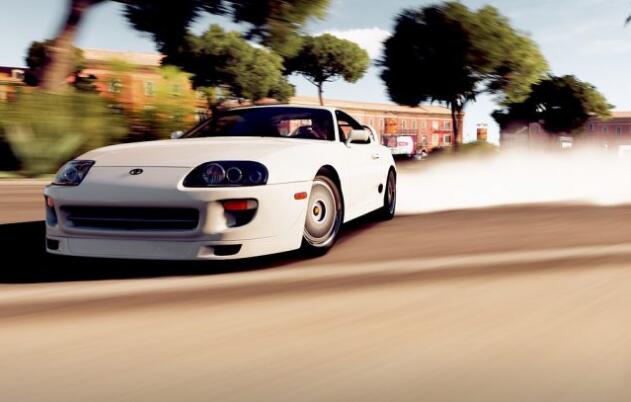NHTSA warns drivers about the importance of taking the greatest precautions when it comes to stopping during traffic on high-traffic roads or highways. Whether due to mechanical breakdown, answering a call, or the need to pick up a passenger, since according to experts of the entity this type of maneuver considered high risk since about 2% of the total traffic accidents in the country caused by unsafe detentions of the vehicle on national roads.
Before stopping, keep in mind:
Analyze the maneuver to perform
Locate a safe place to stop, looking forward, or toward the berm to warn of the presence of pedestrians, cyclists or other vehicles.
Look through the mirrors.
Turn on the warning flashing lights.
Turn the helm.
Slowly reduce the speed once you have entered the berm or on the side of the road, where traffic is not interrupted or, worse, you are at risk of a collision by range.

What to do after stopping :
Once the car has stopped completely, in case of mechanical breakdown, you must secure the area by locating devices that alert you to the “beached” and protect it if you are going to make repairs to the vehicle. In such a way that the situation does not represent a risk to anyone.
The driver must wear a reflective vest.
Position the signal triangles as follows:
– If the road is one way, locate a warning signal 30 meters before where the damaged car is located, in the center of the lane it occupies.
– If the road is two-way traffic, but two devices, one 30 meters ahead and another 30 meters behind the car, in the center of the lane it occupies.
– If the vehicle is in a position in which it occupies the complete lane, it is necessary to locate another device two meters behind the vehicle and 50 centimeters from it, forming a safety zone for possible mechanical interventions.
– If the vehicle stopped around a slope or curve, you must locate a device 150 meters before the vehicle location and in the center of the lane. This way is because of the curve, or the top conceals the location of the vehicle.
Finally, once you have finished the intervention, remember to collect the signals and any items you have used.